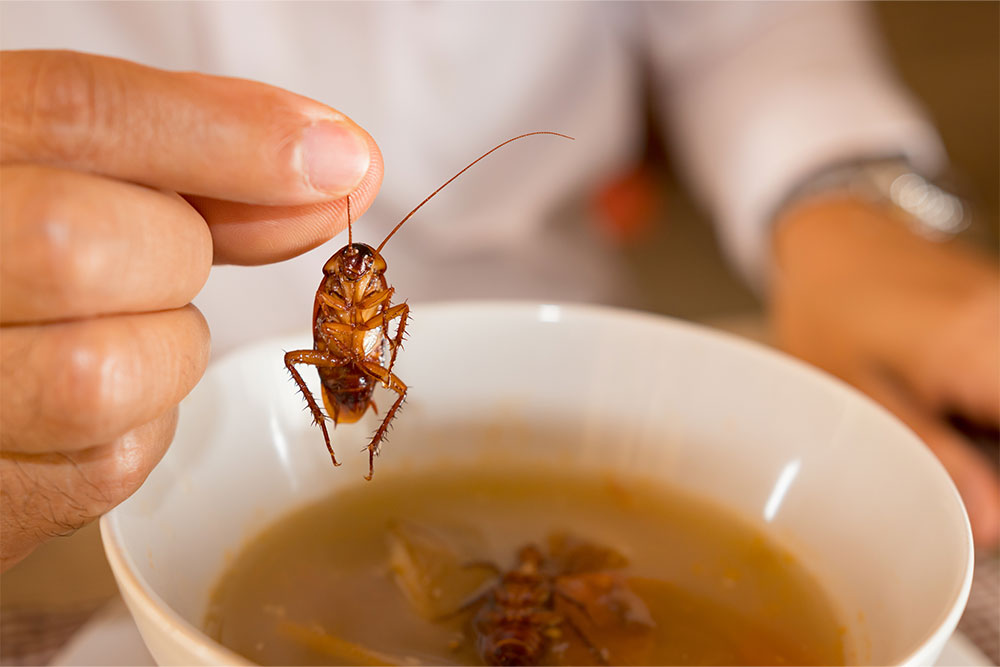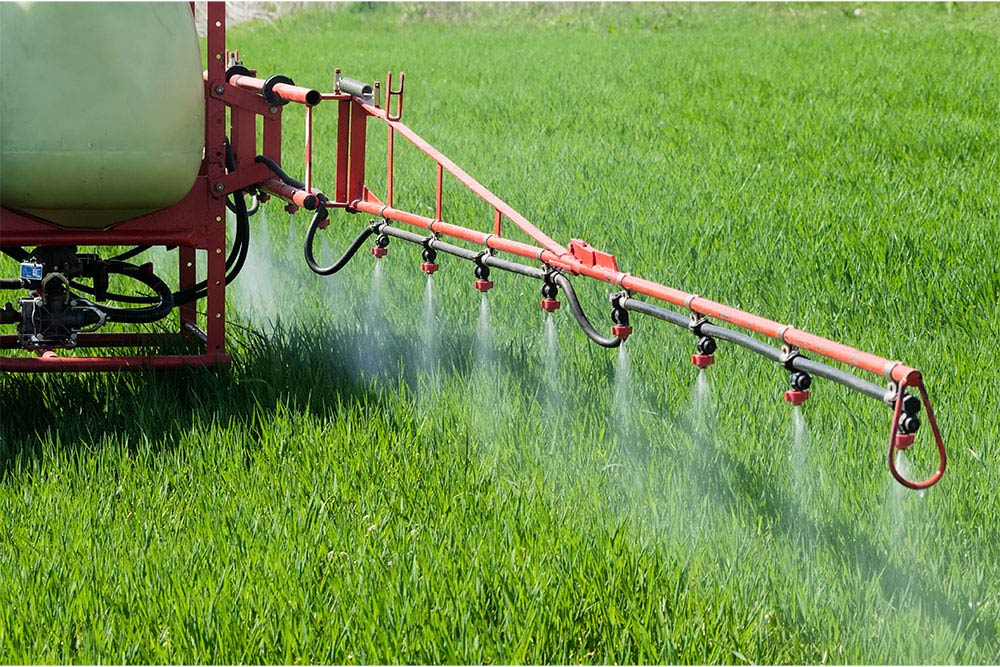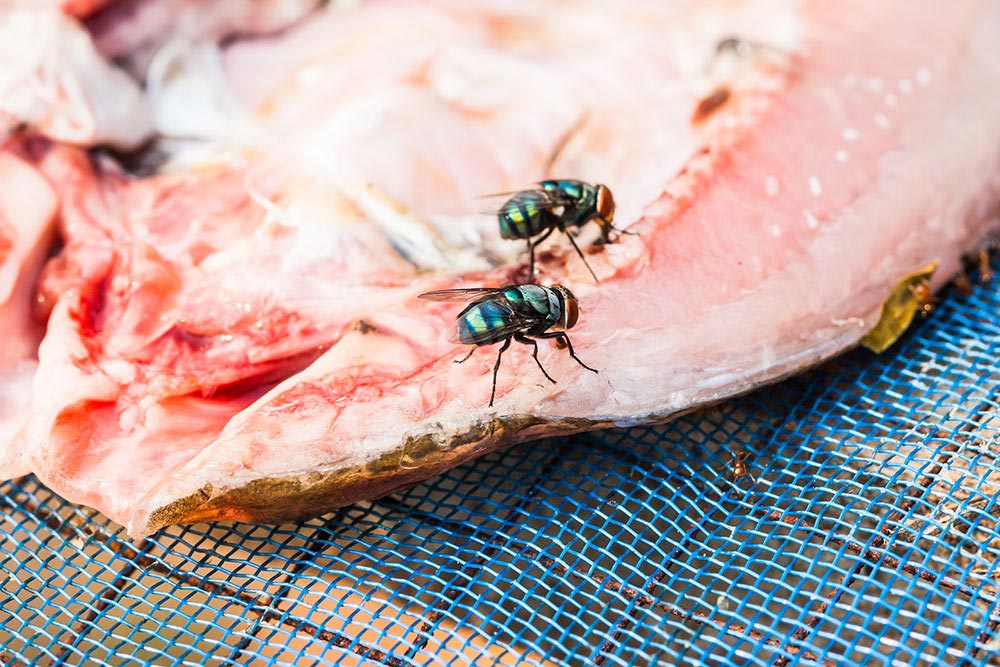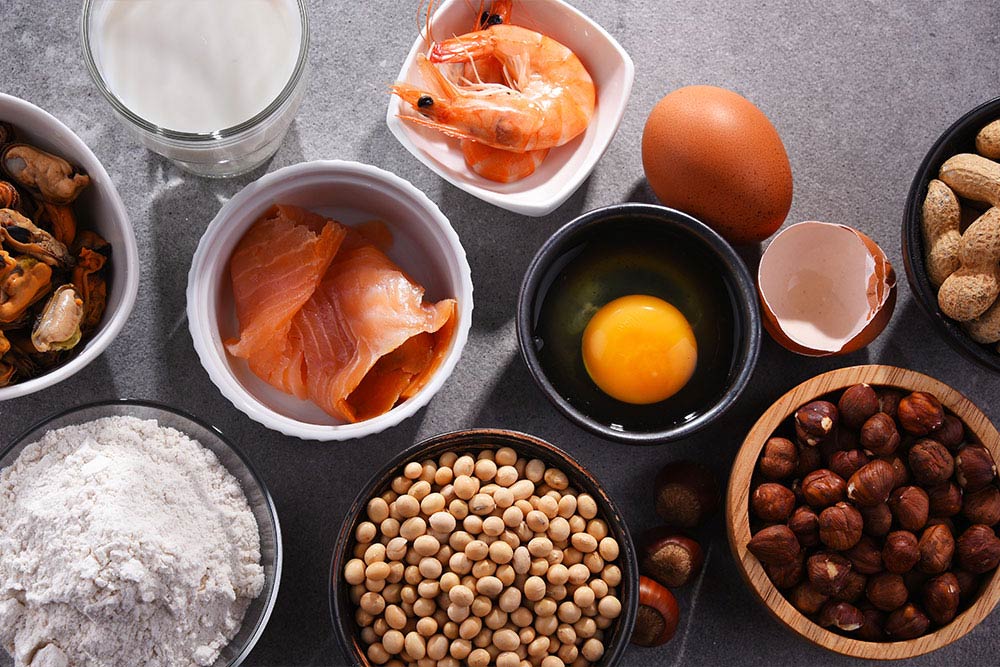
All food businesses and providers should know about these four types of food contamination. Contaminated food causes misery to whoever consumes it and can lead to hefty fines and irreparable damage to your reputation.
Preventing food contamination is worthwhile, considering the consequences if customers become ill. Read on to learn more about what can contaminate food and how to ensure you are handling, preparing and storing food correctly.
What is Food Contamination?
Food contamination is when something that shouldn’t be in food makes it unfit for consumption. Sources of contamination include microorganisms such as bacteria and parasites or toxic substances.
When contaminated food is consumed, it results in food poisoning. Most cases of food poisoning are mild. We may be under the weather for a few days with diarrhoea or vomiting.
However, severe cases of food poisoning can lead to brain damage and even death.
It’s estimated that there are around 2.4 million cases of foodborne illness annually in the UK, according to a recent scientific review carried out by the Food Standards Agency (FSA)
Food poisoning can be prevented through good hygiene practices and stringent preparation, cooking and storage processes. Following a strict procedure reduces the likelihood of food becoming contaminated.
What are the Different Types of Food Contamination?
Let’s examine the four types of food contamination:
1. Physical Contamination
Physical contamination by a physical foreign object. It usually happens during the production stage, although there have been cases where food has been maliciously contaminated. Objects found can injure whoever consumes the food item. They can also carry biological contaminants that can be harmful.
Physical contaminants can be things like:
- fingernails
- hair
- glass
- jewellery
- mice
- insects
- pieces of cooking equipment

Finding these things in their food is unsettling and unpleasant to most consumers. And all it takes is a photo of the contaminant on social media to damage a business’s reputation and prevent others from purchasing food from the same place.
2. Chemical Contamination
Chemical contamination occurs when food is exposed to a chemical substance. Chemical products are used daily for cleaning surfaces, machinery, utensils, etc. If misused, they can easily contaminate our food.
Chemicals can be found in foods that are:
- Unwashed produce, such as fruits and vegetables, by way of pesticides and fungicides that are harmful if ingested
- Exposed to pest control products such as rat poison and fly spray

And did you know that some fish absorb contaminants from water and their food, making them naturally toxic? Strange but true.
3. Microbial Contamination
Humans, pests and microorganisms can all contaminate food too. This is known as biological food contamination, the most common type of food poisoning. This contamination can be bacterial, viral or via a parasite transferred through droppings, saliva, faecal matter or blood.

Salmonella, norovirus, e-coli, campylobacter and clostridium botulinum are all types of microbial contamination.
4. Allergenic Contamination
The FSA has listed 14 main allergens, known as anaphylaxis, that can lead to allergic reactions. They are:
- Celery
- Cereals containing gluten, including rye, wheat, oats and barley
- Crustaceans – like prawns, crabs and lobsters
- Eggs
- Lupin beans
- Molluscs such as mussels and oysters
- Mustard
- Tree nuts – including pecans, almonds, cashews, hazelnuts, walnuts, brazil nuts, pistachios and macadamia nuts
- Peanuts
- Sesame seeds
- Soybeans
- Sulphur dioxide and sulphites (when they are at a concentration of more than ten parts per million)
The Association of UK Dietitians estimated that between 1-10% of children and adults have food hypersensitivity. Contaminated foods an allergy sufferer consumes can have severe consequences, even death.
Over the years, there have been various high-profile legal cases. A notable case is that of 15-year-old Natasha Ednan-Laperouse, who sadly died on a flight to Nice just hours after eating a baguette from Pret a Manger at Heathrow Airport. She had a severe sesame allergy.

Following this tragic case, Natasha’s Law has come into force to protect people with food allergies. Food businesses must now ensure that food is correctly labelled with all ingredients and allergens.
Fortunately, deaths from severe allergic reactions to foods have steadily declined over the last two decades.
How to Prevent Food Contamination
Food contamination is preventable, but it takes effort. Some steps must be taken to reduce the likelihood of food becoming contaminated:
1. Maintain High Food Hygiene Practices
High levels of hygiene are crucial to preventing contamination. To maintain hygiene:
- Make sure food handlers wash their hands regularly and properly
- All food preparation areas must be cleaned down thoroughly, regularly and with the appropriate cleaning products
- Dishcloths, chopping boards and utensils must be cleaned well
- Food preparation areas should be zoned off appropriately
- Raw food must be washed before processing and prepared away from frozen, cooked food areas
- Food handlers must wear appropriate PPE at all times, such as gloves and hairnets
2. Store Food Properly
Correct food storage prevents cross-contamination. Good storage looks like this:
- Covering raw foods such as meat and keeping it separated from ready-to-eat foods
- Using proper storage containers to avoid spillages
- Storing raw meat, poultry, fish and shellfish at the bottom of the fridge and keeping it covered
- Storing food at the right temperature
3. Food Inspection
Food must be inspected from the beginning of its journey to the point where it is given to or purchased by the end consumer. Inspection includes:
- Visual checks of food preparation areas, containers, equipment
- Regular equipment temperature checks – refrigerators, freezers, chillers
- Regular food temperature checks with probes
- Visual checks of food items for signs of decay, mould, tampering
4. Staff Training
Everyone in contact with food in your establishment must be trained to prevent cross-contamination. Food safety awareness training is an excellent starting point.
After that, you must assess how much involvement each staff member has with food so you can assign them further training. Those who prepare and cook food will need more in-depth training than those who hand out or deliver it.
Staff should understand the importance of food hygiene, maintaining clean working and preparation areas and how food becomes contaminated. They must also be made aware of the importance of wearing PPE.
Learn More on How to Keep Food Safe
Our Level 2 Food Hygiene Course will give you and your staff the know-how to ensure customers are not made ill by the food you prepare.
Our course comes in bite-size (no pun intended) sessions. You can study at your own pace and on your favourite device. You will receive excellent support while learning and a good understanding of the legal requirements to keep food safe.




















































































































































































































































































































































































































































































































































































































































































































































